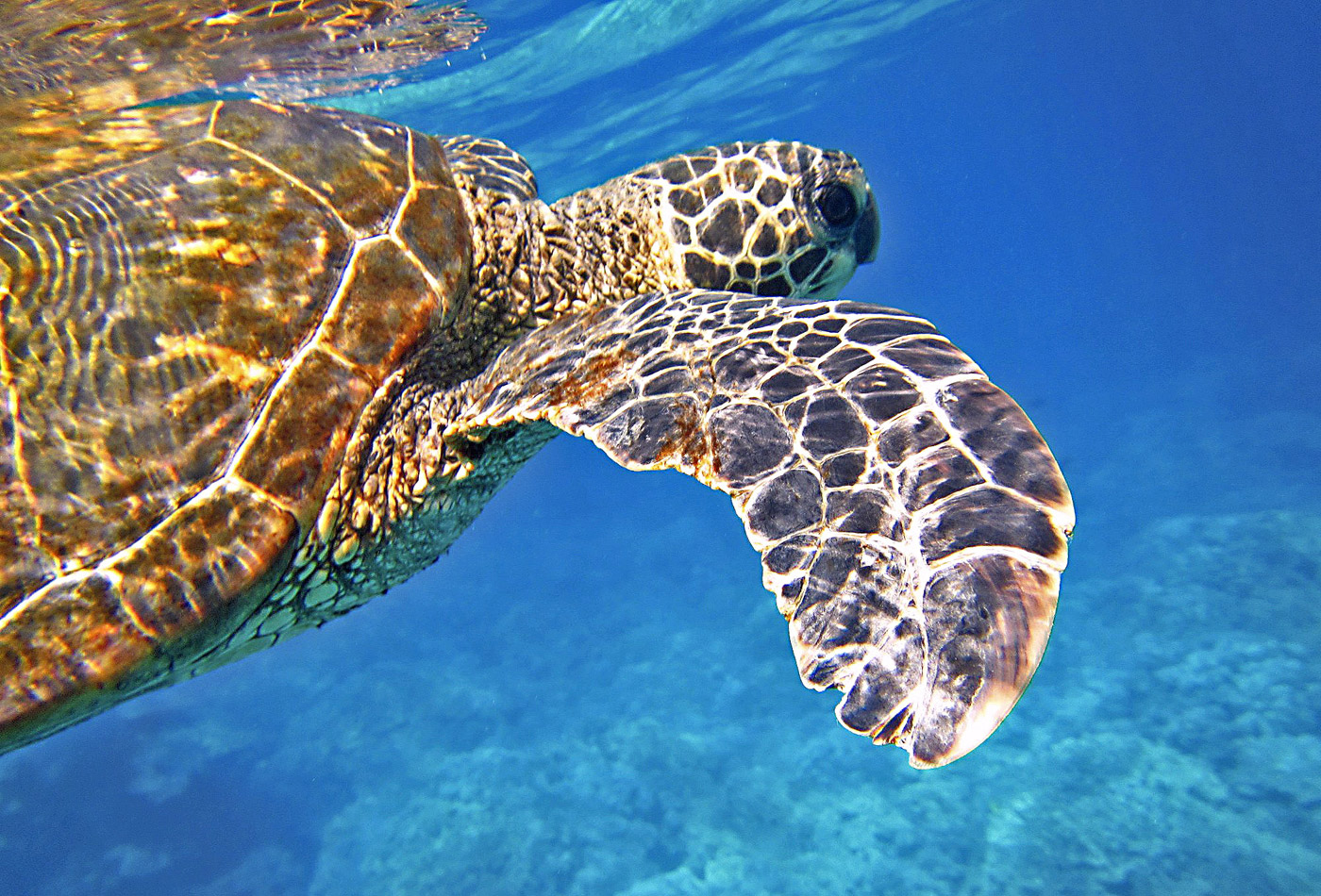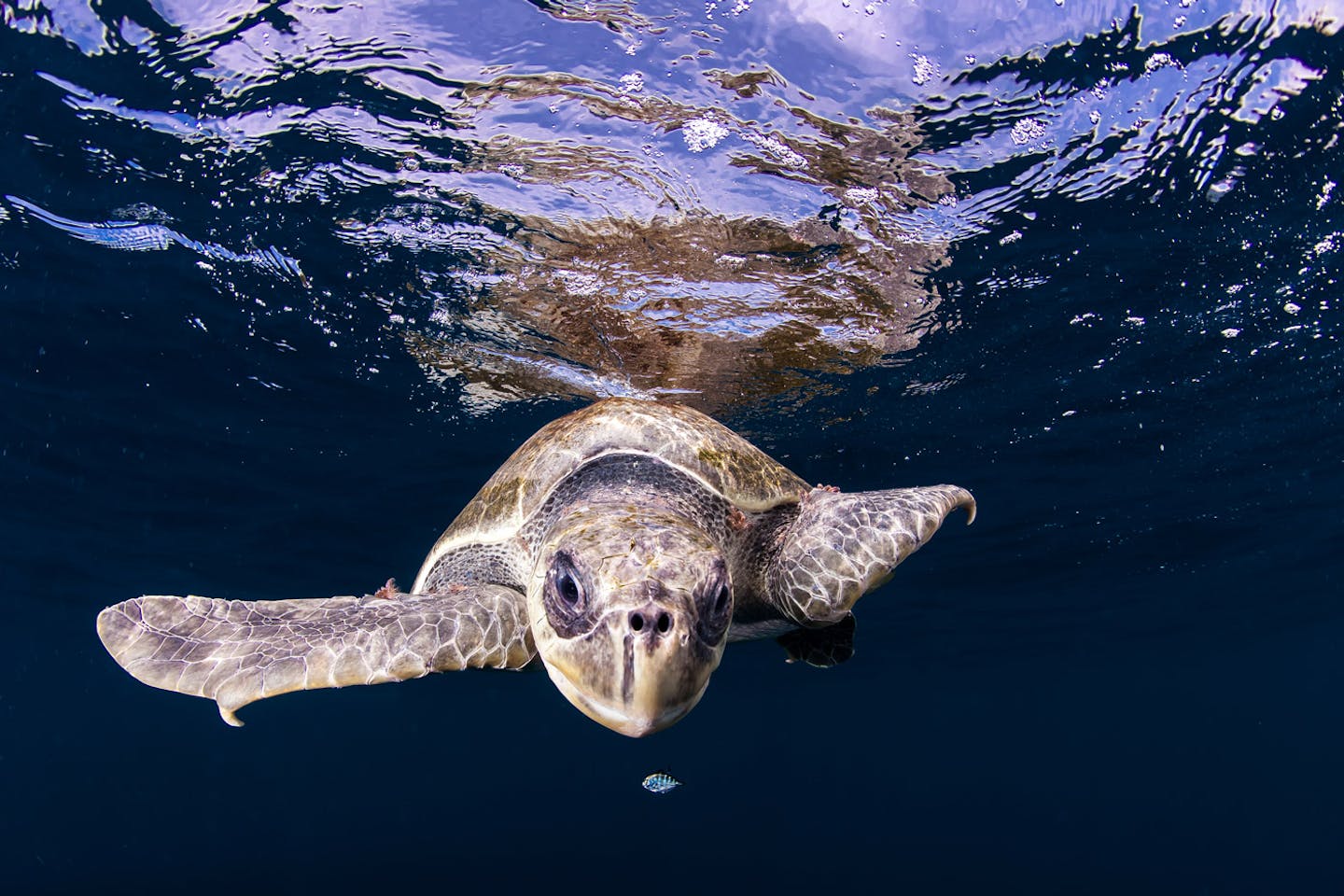Rare sea turtles are setting new nesting records throughout the Southeast
- Nature Conservation
- Ocean Conservation
- Wildlife
- Reptiles
- Ecosystem Restoration
- Northern America Realm
Declared a threatened species in 1978, conservation efforts to monitor and protect the giant loggerhead sea turtle and its nests are paying off. Researchers say that the turtles are laying eggs all along the coast of Georgia, South Carolina and North Carolina, making about 12,200 nests—breaking through the previous record of 11,321 nests in 2016.
The female turtle emerges from the sea at night and crawl ashore, searching for a suitable nesting site. There, she digs a pit for her body, and another for her nest, where she will lay around 100 ping pong-sized eggs, covering them with the dry surface sand she’d set aside while digging.
The nesting season runs from May through August, and volunteers from North Carolina to Florida catalog new nests and cover them with screens to protect them from predators.

Creative Commons
The nest counts, called a clutch, serve as a key indicator of the population's health. Female loggerheads typically lay eggs only every three to four years. Scientists are pleased with the increase in total nests over the last 15 years.
When the rare turtles were declared a threatened species in 1978, states reacted with measures to conserve the species and protect their nests. Since 1987, shrimp boats in the region have been required to equip their nets with escape hatches.
Scientists believe those early and continual conservation measures are now yielding good results because female loggerheads don’t become fully mature and begin nesting until they reach the age of about 30.
Loggerhead nesting along Georgia's 100-mile coast hit its low point in 2004 with fewer than 400 nests. This year, over 3,500 loggerhead nests have been recorded—surpassing the previous record of 3,289 in 2016. State biologist Mark Dodd, who heads the Georgia sea turtle recovery program, believes that the final count could reach 4,000 by the end of August.

Creative Commons: Wildlife Exchange
In South Carolina, more than 7,100 nests have been counted on its beaches - an increase of more than 600 nests compared to the previous record from 2016. And North Carolina's nest count has passed 1,640, topping its record from three years ago.
Results of DNA testing on sea turtle eggs confirm the idea that more female loggerheads are reaching maturity and starting to nest. Since 2010, survey teams in Georgia and the Carolinas have collected one egg from each nest to establish a DNA fingerprint for the turtle that laid it. After building a DNA database for loggerheads for roughly a decade, University of Georgia professor Joe Nairn said his research team still finds 25 to 30 percent of the nesting females each year are turtles they haven't seen before. This data suggests the adult female population is growing.

.png?auto=compress%2Cformat&w=200)

